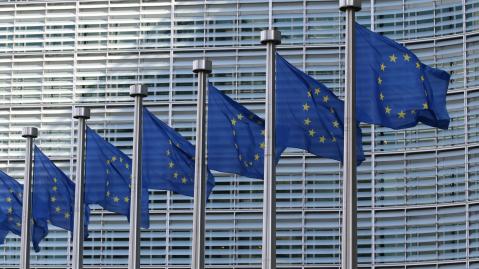
On 15 July, the European Commission published its legislative proposal to revise the European emissions trading system (EU ETS) after 2020. The suggested revisions will be in addition to the establishment of the Market Stability Reserve recently agreed among the European institutions. The proposed amended directive is to implement the ETS portion of the 2030 Climate and Energy Framework agreed upon by European heads of state in October 2014. The framework stipulates that ETS sectors will have to reduce their greenhouse gas emissions by 43% below 2005 levels by 2030. As a result, the annual reduction factor for the ETS will increase from 1.74% to 2.2%.
Since 2013, 57% of the total number of allowances are auctioned and the remaining 43% are freely allocated. Under the Commission proposal, the portion of auctioned allowances would remain the same after 2020. However, benchmarking standards will be updated more frequently to reflect the technological progress across different sectors. More flexible rules have also been proposed that will allow free allocation to better reflect production figures. The current practice of allocating allowances freely to address the risk of carbon leakage – the risk that companies would relocate outside of the EU to jurisdictions with less stringent climate policies – will continue after 2020. However, it will only focus on sectors with the highest risk of carbon leakage.
Finally, the reform also includes two funds to help member states mitigate their emissions. 400 million allowances will go to support an innovation fund that focuses on first-of-a-kind investments in low-carbon technology, such as renewables and carbon capture and storage. An additional 50 million unallocated allowances from the current phase of the EU ETS will also be moved into the innovation fund, enabling it to start investments before 2021. 310 million allowances will go toward a modernization fund that helps lower-income member states (with a GDP per capita 60% below the EU average) increase their energy efficiency and modernize their energy systems.
The Commission’s proposal must be agreed upon by the Council of the European Union, as well as the European Parliament; a process that is likely to take at least two years.

